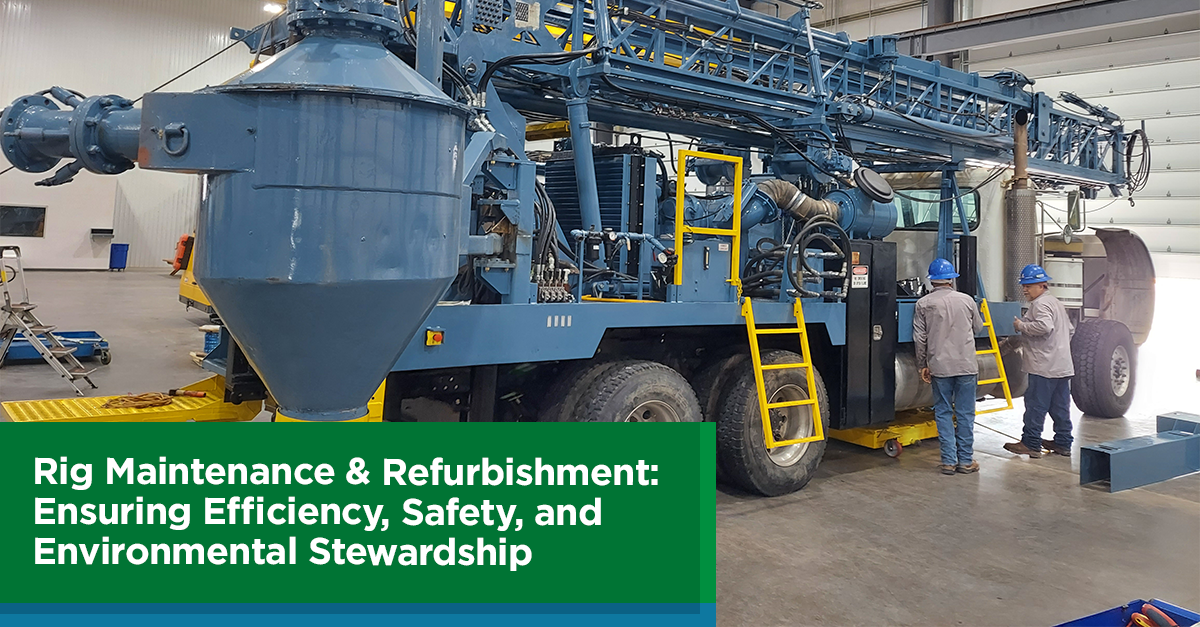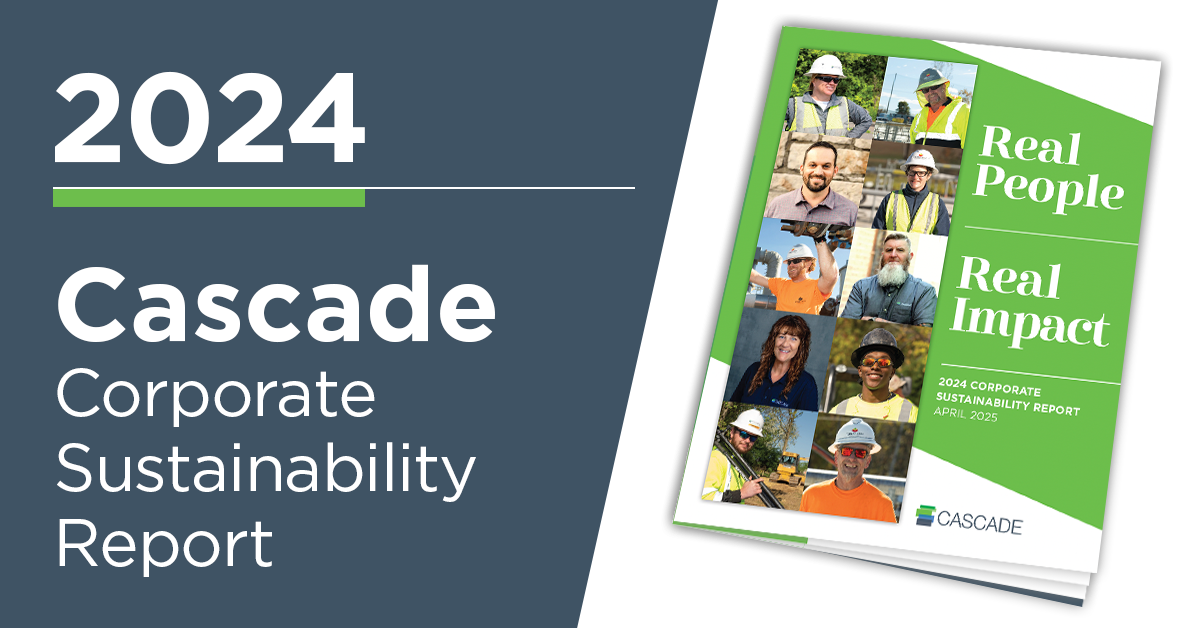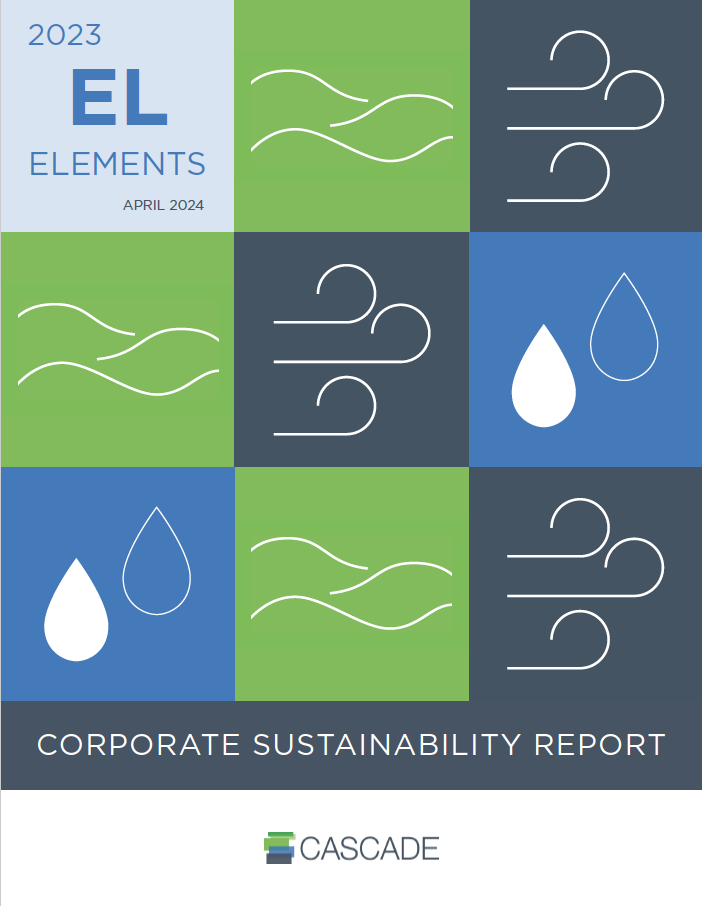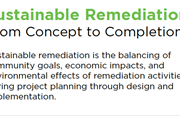ASTM Webinar Recap: Best Practices for Greener Cleanups
By: CascadeEffective sustainable remediation balances community goals, economic impacts, and environmental effects of remediation activities from project planning through design and implementation. The Environmental Protection Agency has defined principles for Greener Cleanups, and Cascade works tirelessly to identify opportunities for incorporating these principles into our various contamination sites across the nation.
1. What Does “Greener Cleanups” mean?
In a nutshell, a Greener Cleanup is a new standard for environmental remediation in which the remedial objectives for a given contaminated site are achieved while the environmental impact of those cleanup activities is simultaneously minimized. Activities that are often involved with environmental remediation will expend energy, water, and other natural resources and/or materials. As such, an environmental remediation project brings an additional environmental impact along with it. If you're in the business of cleaning up the environment, then it makes perfect sense to look at the environmental impact the act of cleaning has. If you don’t search for every opportunity to achieve a greener cleanup, you’re missing opportunities to enhance the environmental benefit of your work.
Here’s what should be considered when assessing the environmental impact of your remediation efforts:
- Total energy use and renewable energy usage.
- Air and atmospheric pollutants and greenhouse gas emissions
- Water use and impacts to water resources
- Materials management and waste reduction
- Land management and ecosystem services
Looking at the above factors will give you a nearly complete understanding of the overall environmental friendliness of the particular remediation approach. With this information, you’re then able to optimize your approach at all stages. Afterall, all cleanup approaches, along with elements within those processes can be optimized to closer meet the EPA’s Greener Cleanup Principles.
2. EPA Greener Cleanup Principles
The primary goal or objective of the EPA is to maintain and/or restore land through the promotion and use of protective waste management practices, and through assessment and remediation of contaminated sites. Greener Cleanup standards help both the EPA and the Office and Land and Emergency Management (OLEM) meet these goals and objectives. As stated by the EPA, “prevention and remediation of contamination plays a central role in seeking a sustainable future.”
That’s why it’s crucial for all parties involved in environmental remediation to take every opportunity to minimize the environmental effects of their cleanup efforts, and those opportunities start with EPA’s established Greener Cleanup Principles:
- Consistent with existing laws and regulations, it is OLEM policy that all cleanups:
- Protect human health and the environment.
- Comply with all applicable laws and regulations.
- Consult with communities regarding response action impacts consistent with existing requirements.
- Consider the anticipated future land use of the site.
- The following five elements of a green cleanup assessment may assist in the evaluation and documentation used in selecting and implementing protective cleanup activities:
-
- Total Energy Use and Renewable Energy Use.
- Air Pollutants and Greenhouse Gas Emissions.
- Water Use and Impacts to Water Resources.
- Materials Management and Waste Reduction.
- Land Management and Ecosystems Protection.
- As tools are developed and deployed, when it is feasible to use greener cleanup approaches, OLEM cleanup programs will document how these five elements were considered and implement best practices to reduce the environmental footprint of cleanups. The nature of greener cleanup assessments can vary with the complexity of the site, program and community priorities, and the availability of tools. Assessment activities should be performed in a transparent manner involving the community and other stakeholders and describe how the programs have considered the items described in (1) and (2) above.
- OLEM will evaluate progress in reducing the environmental footprint of protective cleanups.
- Greener cleanup approaches span multiple cleanup programs and reflect a developing set of practices. Legal authorities differ by cleanup program; environmental issues and community priorities differ from region-to-region and site-to-site; and greener cleanup best practices and assessment tools are at the early stages of development and testing. Greener cleanup approaches, therefore, may vary from site-to-site and program-to-program and will continue to evolve by incorporating lessons from the growing state of knowledge.
3. Cascade’s Best Practices for Sustainable Drilling, Investigation, and Remediation
Many of the best management practices (BMPs) from the ASTM Greener Remediation Standard are implemented at our job sites across the country. These BMPs improve workplace efficiency and limit the negative impacts our field practices have on the environment, local communities and our employees. Here are Cascade’s Best Practices for dealing maintaining standards of sustainability within the context of different environmental impacts:
- Enevery, Air & Climate Change
- Preventative Maintenance Plan
- Feul Reduction
- Carpooling
- No Idle Policy
- Compliance with Emission Standards
- Dust Control & Mitigation
- Chromium and Zinc Negative Air Removal systems in Welding Bays
- Natural Resources
- Water Conservation and Reuse
- Spill Prevention
- Waste Reduction and Management
- Waste Minimization
- Electronic Communication
- IDW Reduction and Management
- Waster Recycling
- Materials
- Environmentally Preferred Purchasing & Sustainable Sourcing Program
- Community
- On site Nuisance Reduction
- Rubber Tracked Rigs Minimize Surface Disturbance
As the EPA states, the opportunities for increasing the environmental benefit of a site remediation encompass nearly every aspect of the project, from start to finish. At Cascade Environmental, we jump on every chance we can get to achieve Greener Cleanups. This sustainability approach, in turn, reduces the total life-cycle remediation costs. It also minimizes the health risk and liabilities to ultimately achieve unlimited use and unrestricted exposure remediation objectives.
If you'd like to work toward a greener cleanup on your next project, our experts can help.









